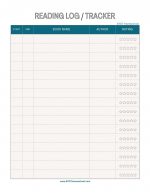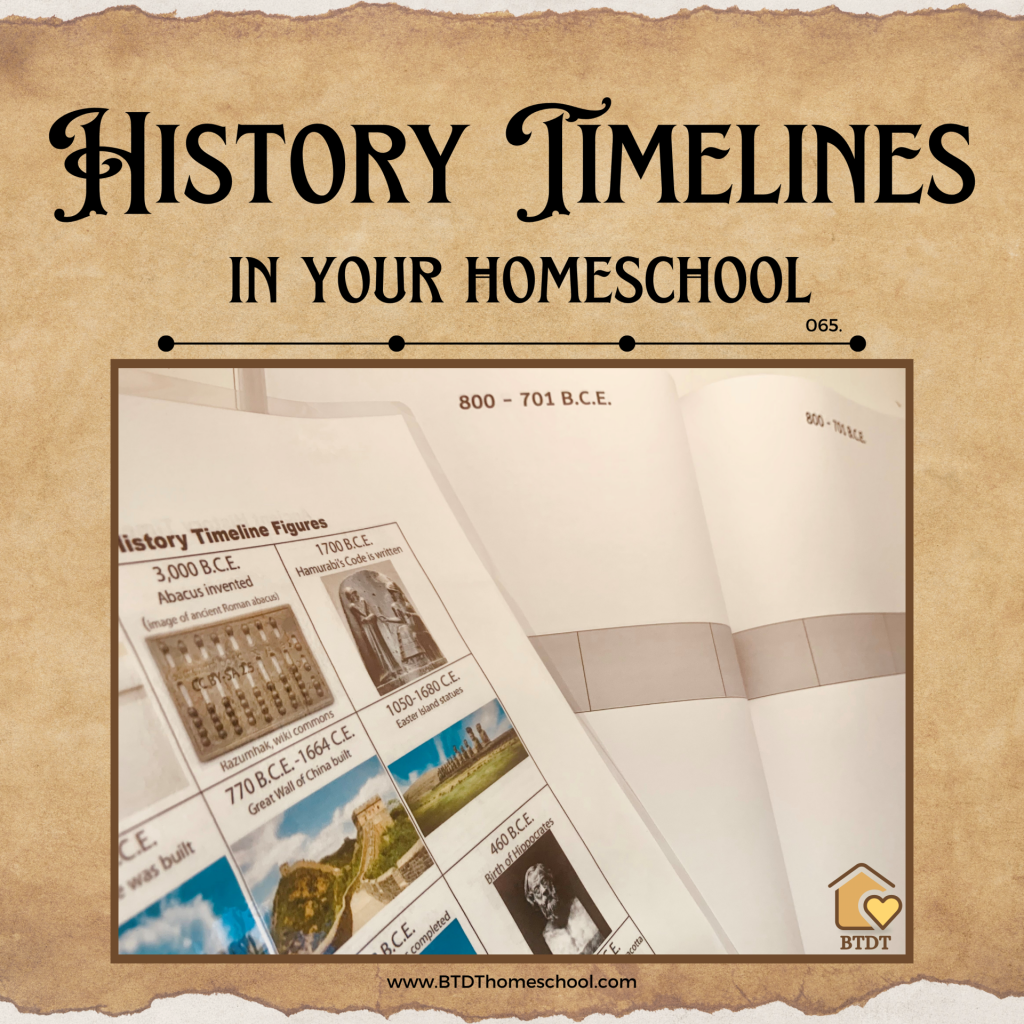
015.
How Do You Teach Your Child To Read?
When is my child ready?
What curriculum should I use?
Can I teach reading with games?
Tune in this week while we discuss these topics and more!
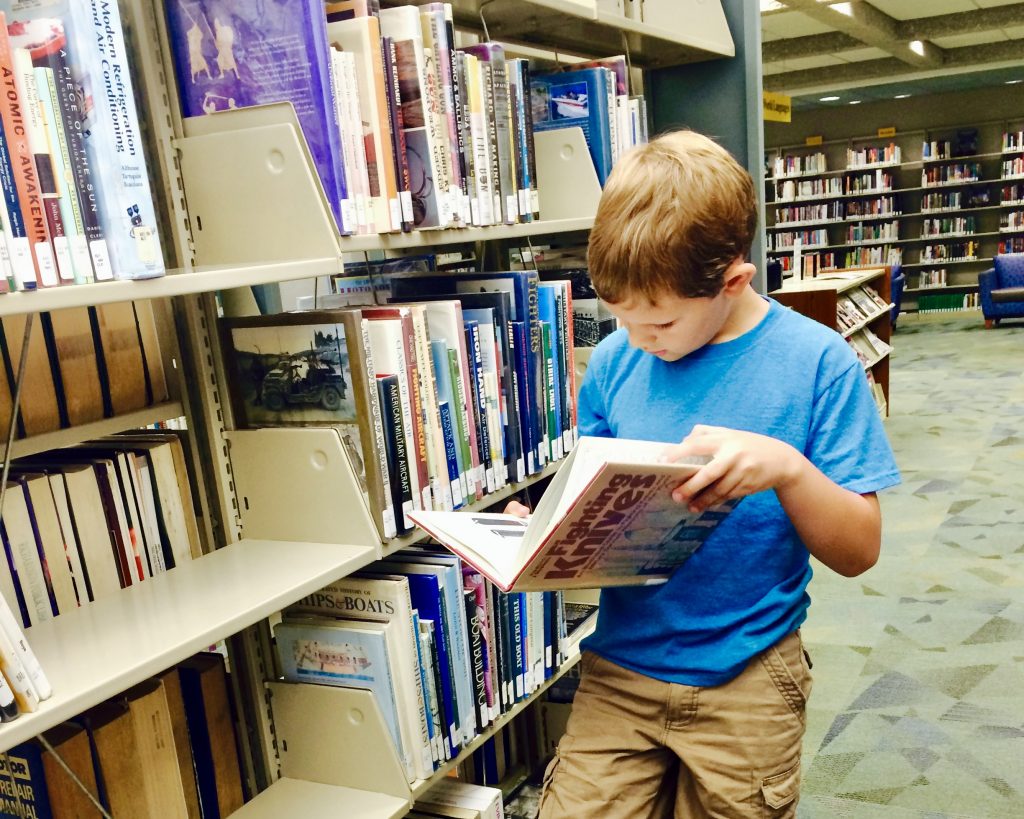
TWO WAYS TO LISTEN TO THIS EPISODE:
1. Click PLAY Button Above ^^ to listen here.
2. OR Listen on your favorite podcast platform:
Scroll Down for this week’s FREEBIE!
Reading Log and Tracker with Book Rating (pdf)
Brand New to Homeschooling?
GETTING START PAGE >>
Kindergarten Page >>
High School Series >>
Show Notes
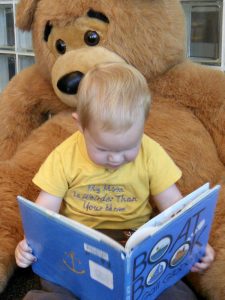
Reading is necessary for learning and instilling a love of reading at an early age is the key that can unlock the door to lifelong learning. It’s the foundation that helps us learn and make sense of the world around us. Reading builds social and emotional skills and ignites imagination. Reading builds self-confidence, independence, and is a critical foundation for developing logic and problem-solving skills.
Teaching a child to read is probably the most intimidating aspect of homeschooling. This is your make it or break it moment and there is a lot of pressure. It’s important to keep in mind that all children learn and develop at their own pace. This goes for everything from learning to crawl, walk and talk. But unlike some of those skills, many children do not learn to read naturally.
Reading Readiness
Is my child ready to read?
One of the biggest factors and obstacles is going to be pre-reading skills and reading readiness. These are the skills children have that are essential for reading development. Trying to teach a child that has not demonstrated a grasp on pre-reading skills and is ready for the next step can lead to frustration and anxiety for your child and it isn’t developmentally appropriate. A child who is ready to start learning to read is going to be a lot easier to teach than one that isn’t and sometimes it is difficult to determine readiness.
One of the most important predictors of reading readiness is: MOTIVATION and INTEREST
Not even the best reading program out there can “teach’ an interest in reading. What are some of those pre-reading skills that are essential for reading readiness? Many of these skills will naturally and organically happen during the toddler and pre-K years. If you have a preschooler, be sure to check out our Preschool Page with free Routine Charts
Essential Pre-Reading Skills
- Rhyming: Rhyming is one of the first indicators of reading readiness. This is because much of phonics instruction deals with manipulating language, which also relates heavily to writing.
- Matching/Sorting items, colors, shapes: children love to organize and sort things and it’s great to include these activities into daily life and into normal conversations. There are plenty of toys you can buy for this, but you can also just use things around your house like kitchen containers, plastic plates, tupperware with lids, socks, shoes, setting the table with colored cups with plates.
- Motor skills: holding a pencil and drawing large shapes. Making letters with a finger in a cake pan with rice. Or using a stick and writing in the dirt, or use sidewalk chalk. Make letter shapes with dough. There are no rules that you have to use pencil and paper. They are still learning the skills.
- Book/print awareness: Your child should know how to handle a book properly. This means that when offered a book, they can find the cover and hold it right-side-up. It also means that they understand books are read from left to right and that we only turn one page at a time holding correct way up and the direction of reading. This doesn’t necessarily need to be instructed – they learn this just by cuddling up on the couch while you read to them.
- Language skills: your child joining in conversations and likes to tell or retell stories. Making up stories during pretend play, or pretending to “read” a favorite book they’ve heard a million times are signs of readiness.
Signs of Reading Readiness
- Your child can read her own name. Children are naturally drawn to their names, and once they get to the point where they can read their own name and differentiate it from others in a group, your child is getting closer to learning how to read.
- Your child can hear parts of words (like syllables) and sounds in words (like /c/ /a/ /t/ in cat). Phonological awareness (like clapping and counting syllables) and phonemic awareness (like hearing each sound in a word) can help when they begin to look at letters and sound out words.
- Your child understands that text has meaning. The purpose of reading is to gain information. For example, if a child saw his name written out he understands that name refers to him not anything else.
- Your child can recite the alphabet. Whether it’s singing the ABC song or just saying each letter from memory, knowing the alphabet can be an important step toward reading readiness.
- Your child can identify and name some or all uppercase and lowercase letters. This is important because individual letters make up words to be read and written. They do not need to know all of them but just see differences.
- Your child can correspond some or all letters to their correct sounds. This is necessary for decoding, the act of sounding out words.
- Your child can echo a simple text that is read to them. Doing so demonstrates the child’s understanding of one-to-one correspondence in reading. That means that each word on a page corresponds to a word that is read.
There is a very broad range of when a child learns to read, and it can be just as normal for a 4-year-old to be ready as it is for a child not to be ready until age 8.

There is nothing wrong with listening and watching your child and determining the best pathway to take. All children are different, and this is one of those great homeschooling benefits where you can go at your own pace and tailor this to your child and meet them where they are.
Other Developmental Signs
- Social Development – Social development is important to reading because children need to know how to take turns, cooperate, and develop self-control before learning to read. This is because a large part of reading instruction involves activities and short discussions where a child needs to have such skills.
- Emotional Development – Before learning to read, children need to have a good self-concept and an understanding of how they fit into their world.
- Physical Development – Children need to have strong bodies that can support sitting since that tends to be the preferred position for reading a book. Children also need to have the fine motor skills that accompany writing and page turning.
- Cognitive Development – In the case of reading readiness, children need to have a cognitive level where they can both visually and auditorily discriminate between letter shapes and different letter sounds. Visual discrimination includes the ability to see likenesses and differences among letters. For example, being able to differentiate between the letters L and T, a and o, or 6 and 9. Auditory discrimination means that a child can hear the difference between /f/ and /v/ sounds. Or they can hear the difference in ending in the words ‘cap’ and ‘cat’.
What Curriculum Should I Use?
Before we jump into curricula options, let’s talk about being read to. We talked about this in another episode and it’s a pretty awesome statistic: The single biggest predictor of high academic achievement and high ACT scores is reading to children. The importance of reading books to children in and the profound effects of reading on child development can be seen in a study from the Ohio State University Study. Results showed that children who are read to in the first five years of life have a 1.4-million-word advantage over children who are not read to at home.
There is not really an ideal age range for reading aloud to your children and there is no end range. Many people still enjoy family read aloud time with highschoolers and college students.The Read Aloud Handbook by Jim Trelease talks a lot about the benefits of reading aloud and also has great book suggestions for every age range.

Benefits From Reading Together and Reading Aloud:
- Vocabulary
- Language patterns
- Thinking skills
- Writing skills
- Encourages independent reading
- Bonding time
- Problem solving
- Concentration
- Memory work
- Moral lessons and life skills
It’s not only about instruction. It is essential that your children learn to ENJOY THE STORY. Reading is hard and you don’t want to make it harder for them. You want to let them understand the reason for reading. Check out our Favorite Books for New Readers.
7 Strategies for getting the most out of your read alouds:

Back to curriculum…When searching for a curriculum it’s important to note:
1. Understand the reading program parts. It should have at least two parts, but ideally will cover phonics, phonemic awareness, vocabulary, fluency, and comprehension. These components work together to create reading abilities.
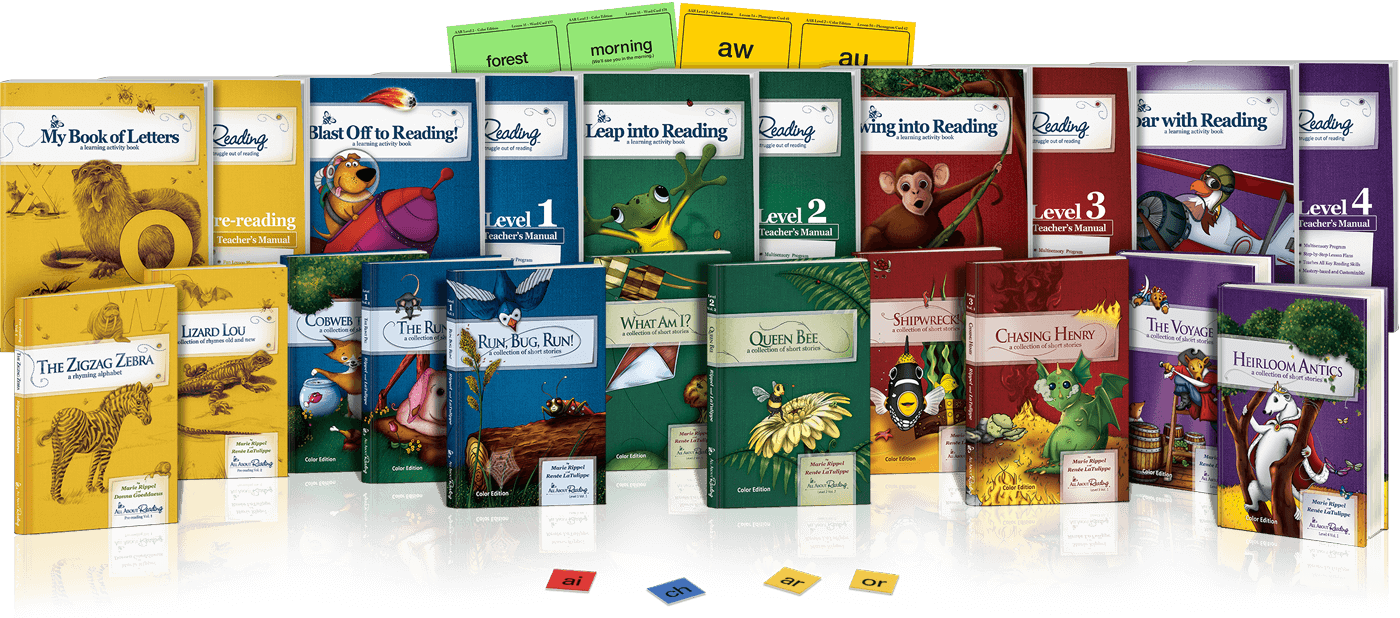
2. Knowing the names of ALL the letters is not necessary.
3. Teach the sound the consonant represents; begin with the short sound for vowels.
4. Introduce consonants and vowels in a strategic order so a child reads sooner than later. Do not introduce letters in ABC order.
5. Multiple letter sounds should be introduced at one time.
6. Search play vs. structured teaching approach for PreK and Kindergarten levels.
Check out our
Full Curriculum Guide>>
Teach Your Child to read in 100 Easy Lessons is a popular program. Critics say it can be dry or boring. It also has a writing component and if you have a resistant writer, this can be a struggle, but you can skip the writing part, and you can also move on rather than cover it repetitively, if you feel you’ve mastered a concept. It is totally ok to use curriculum as a guide and use the parts that work for you. Don’t be afraid to adjust things like this.

Sometimes a child needs more phonics mastery after a reading program. Here are some to consider:

Explode the Code– This program is silly and fun and the kids really liked it- it’s probably the only workbook they would do!

The Ordinary Parents Guide to Teaching Reading

Language Lessons for Little Ones by Sandy Queen an informal introduction to language arts with a Charlotte Mason flavor for preschool students.

Your reading curriculum may have a follow up book list or recommendations for what complements their program or what they suggest students read next.
Some popular early reader recommendations are:
You can also check out our Complete Favorite Early Reader List
Mo Willems Elephant and Piggie Series



Dr. Suess Beginner Collection – perfect for rhyming fun!


Leveled readers may also be something kids like to start with and progress through. (I can read series and I can read it series). Your library probably has these books sectioned off in the children’s area and can be fun for kids to pick their own. Graphic novels-there are always internet arguments about whether graphic novels are really “reading.” Of course, they are! Anything that gets your child’s interest and helps them practice their newfound skill has value. Many students have strengthened reading skills with comics like Calvin and Hobbs or the Far Side.
Calvin and Hobbes – Graphic Novels are reading too! A favorite of mine

We are both Charlotte Mason style homeschoolers and this philosophy takes issue with what we call “Twaddle.” The idea is that it is easy to find books that appeal to the eyes- lots of pictures, short sentence snippets, lots of action but not a lot of substance. These books are entertaining but offer little substance and don’t require a lot of effort. Often parents think this is what young children need, but the Charlotte Mason approach would say this is not how you strengthen the mind and the imagination. We know kids have great imaginations because we can see it in their play and their drawings, and the stories they tell us. When we give them less of a prefabricated story and idea and picture, they illustrate the rest in their mind. So rather than giving them easy, thoughtless books, challenge them with quality, living books that will make them paint pictures in their own mind and words and strengthen their mind’s eye. We don’t need to spoon feed every scene of a story. Visual overload can squelch imagination rather than strengthen it.
How do you do this without feeling like you are dictating your kids every reading move? Easy- when you go to the library, let them pick the things they want while also picking your own choices. Fill your bookshelves at home with quality books. Mix them all in.
Many find reading really takes off when you find that child’s “currency.” Maybe a popular series that they hear people talk about often, or perhaps they want to teach themselves something. A video game with lots of text may encourage reading- Animal Crossing was a game that encourages young readers if they want to play.
Best games for Learning How to Read
Hands-on, play based learning, especially for young children, is one of the best ways to learn. So incorporating games and play into your reading instruction is going to be very helpful. A really fun reading game is the app and computer game, Teach Your Monster to Read. This is a great option if you are looking for a free web-based reading game for kids.
This program has a bunch of fun reading games and built-in rewards to encourage your child to read and improve reading skills over 3 levels. They have both web browser-based and an app-based options.
Peggy Kaye’s books are great options. They had fun activities like this driveway chalk hopscotch game with letters, for instance. They aren’t necessarily things you would do every day, but fun to break up a program when it gets boring, or if you are struggling and needed to do a walk away.
Games for Reading– Playful Ways to help your child read.


Sequence Letters is a great board game for teaching both the letters and the sounds they make. It’s a great way to teach early phonics skills in a an interactive way and it’s a good way to include your preschooler in family game nights.

Boggle Jr– We loved this game! Grows with your child by introducing the ABC’s with many different ways to play as they learn

Starfall and Reading Eggs are great app programs.
When Starfall first arrived on the scene, it was a free website designed to create an environment where children have fun learning to read. Since then, it has become a fully developed program offering pre-k, kindergarten, first-grade, and second-grade programs, with both paid and free options. Starfall is packed with great free games online for teaching your child to read. Starfall is web based and they have an app. It’s a great option if you need to use screen time while on the go.
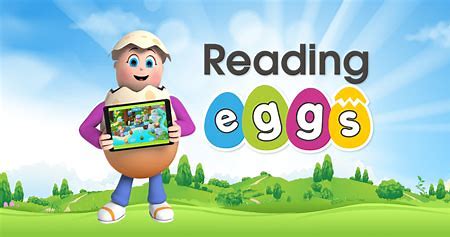
30 Day Free Trial for homeschoolers!
Tall Tails is a game that can boost your child’s literacy skills by encouraging them to build a creative story. This game is perfect for the entire family to play together, each adding the next twist to the tall tale.

Scrabble Junior is letter-matching fun for your little one. It’s a great way for teaching sight words. On a more basic level, you can just hide the tiles around a room and then have kids identify the letter or sounds and make words. You can also do this with Bananagrams.

Karaoke– music is infectious! and children can’t help to watch the words dance by while they sing along.

Reading games are fun and simple to do
These fun hands-on reading games can be done as a part of homeschool life and incorporated into the things you are already doing:
- Rhyming games – Making up jingles with different rhyming words.
- Making silly rhymes – make up endings or change words in rhymes, poems, songs or short stories and see if your child can find out what you changed. “Happy Birthday to shrews…”
- Listening games – ask your child to close their eyes and identify the sound (crumpling packaging from chips, tapping with drumsticks, footsteps, opening a door, eating something crunchy) Variations on this game is to have sounds in a sequence and remember the sequence.
- Play “Eye Spy” – and list objects you can see which start with certain sounds.
- Take out sounds in words – and see if your child can identify what is wrong; “Can you grab me a “flice” of bread?”
- Clap syllables – your name, words, songs, poems with different syllables.
- Stamp your foot or dance to the sounds of poems and songs.
- Alliteration – have fun with making silly sentences with similar sounds… about everyday objects: “sing a song with the sleepy sister.”
- Play a Bingo game or memory where the flashcard shows the capital letter, and the child needs to find the lowercase letter sight word memory match.
- Go to library story time – this was a family favorite, and the librarians are a wonderful help in finding books.
- Sing the alphabet song and pointing out the letters – 2 different sets of letters – capitals and lowercase.
So, you can see there are so many choices and pathways to take when teaching your child to read and this doesn’t have to be a completely overwhelming experience. Take your time, really be patient, and be willing to walk away when things get difficult just for a little while.
That is so important-don’t waste a ton of time trying to teach something to a preschooler than you can explaining in 5 minutes to a second grader. Sometime waiting for readiness makes all the difference and just walking a way for a bit gives that little extra budge of maturity the child needed to get through that part of learning. It seems like it wouldn’t work that way, but it really does!


